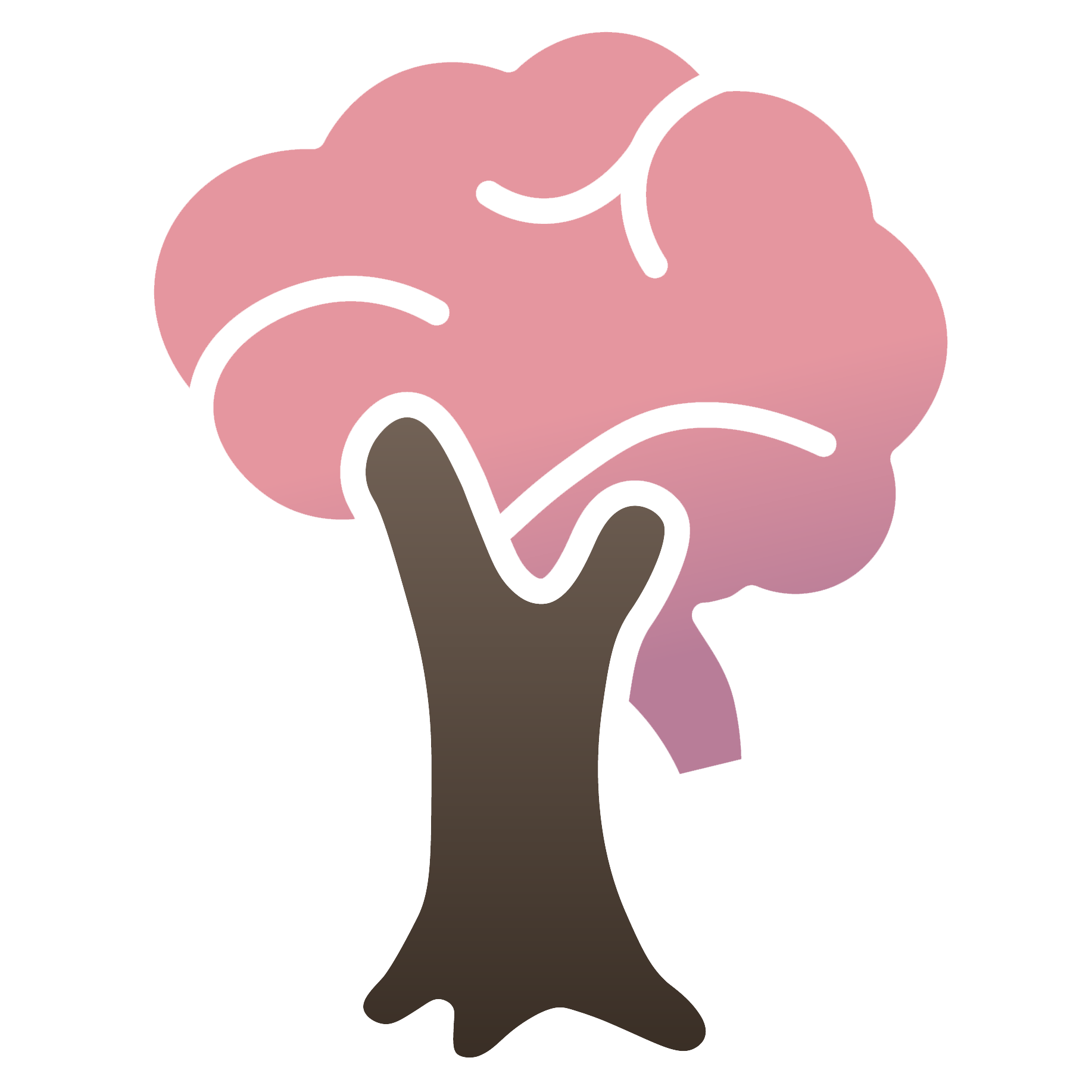
This article has been retroactively written and dated arbitrarily. I will write these articles about keys stages of development of this project idea and the evolution of my opinions and motivations on this topic.
Take a look at transportation two hundred years ago, then look at transportation today.
Take a look at communication two hundred years ago, then look at communication today.
Take a look at manufacturing two hundred years ago, then look at manufacturing today.
Take a look at medicine two hundred years ago, now then at medicine today.
Now take a look at a classroom from two hundred years ago, and then one where students learn today.
Almost every aspect of society has changed compared to a century ago, even from a few decades ago. Yet
education has stayed pretty much the same. Higher education, for the most part, is still taught in large
lecture halls by teachers following a linear narrative and a unique pace.
We make efforts to get as many people in higher education as possible and increase diversity to give everyone a fair chance, yet most institutions are still run using outdated methods which worked for the more traditional students of the past. The way we teach and assess reflects the real goal of education : not teaching knowledge and abilities, but sorting students the way we grade products out of a factory line. In his book The Case against Education, Bryan Caplan, Professor of Economics, calls out higher education for being but a signaling tool for recruiters and for not actually promoting personal improvement and learning.
Our parents or grands-parents went to a school structured around memorization and recitation, where corporal punishments and humiliation illustrated the fundamental values of the time : obedience, order, authority. Students had to stay in line and deviation from the standard universal traditional path was rejected. Over the years, the pedagogy shifted and education evolved to take in as many as possible to meet the needs of the ever-growing industrial economy of the war-time and post-war era.
We now still see the remanence of that past. The author and advisor on education Sir Ken Robinson compares school with a factory line along which children are conveyed by batches according to their date of manufactory, educated in strait rows on a strict schedule with ringing bells, assessed through quality control with standardized tests, and finally graded by their quality with a single letter to be selected on the job market.
Each individual is different, and learns differently. Some may prefer to work at certain time of the day, in groups or alone, using different methods and tools. Moreover, a particular concept might be easy and quick to grasp and learn for some, while others would need a little extra time, but the schedule is rock-hard and the curriculum needs to march on relentlessly. The current system is based on uniformity and instruction, while it should go the other way around, to diversity. Education should amplify not equalize because society depends on a diversity of talents and ability.
The current school system seems to only care about how much of the material has been memorized while at the same time not leaving the time and opportunity for everyone to master anything. A passing grade should be 100%, anything but that is a recipe for future difficulties, frustration and resignation. A disappointing score might leave a student thinking they are just not good enough, and that is a fatal mindset on the road to learning and fulfilling ones dreams. Salman Khan, the founder of the Khan Academy, repeatedly uses the metaphor of building a house. If you decide to build the first floor while the foundations are not finished, the house will collapse. Likewise, if one learns on weak understanding and swiss-cheese knowledge, they are bound to run into more and more obstacles.
Go back to the list of projects